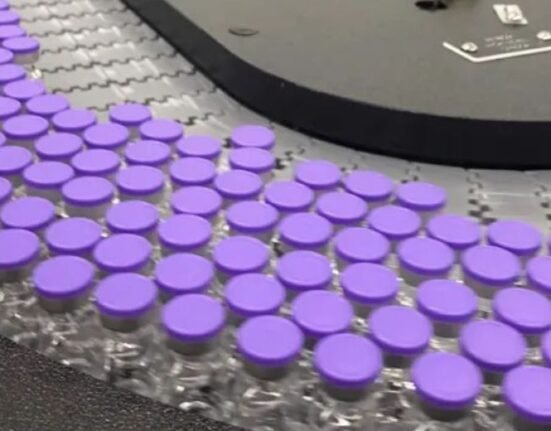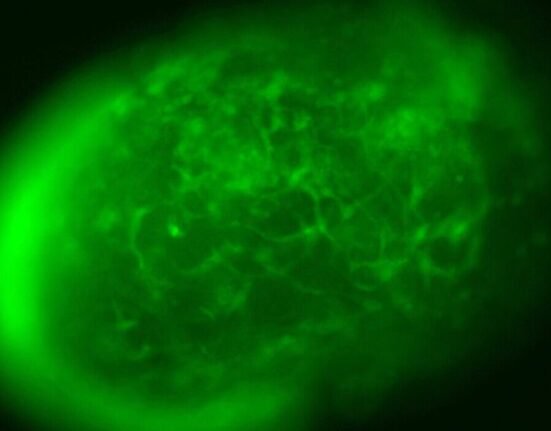HQ Team
March 4, 2025: Tau proteins in brain neurons can form neurofibrillary tangles, which are a hallmark of Alzheimer’s disease, and these abnormal proteins also accumulate in the dying cells in the retina of the eyes of the patients with the condition, investigators at Cedars-Sinai Medical Center found.
It is the first evidence that abnormal tau accumulates in specialized nerve cells in the eyes of patients with Alzheimer’s disease and links this accumulation to deterioration of brain function, according to a statement from the non-profit academic health center located in Los Angeles, California.
“We discovered that abnormal tau proteins accumulate in retinal ganglion cells, which are key nerve cells in the eye that send information to the brain,” said Maya Koronyo-Hamaoui, PhD, professor of Neurosurgery and Biomedical Sciences at Cedars-Sinai and senior author of the study.
“We also identified a correlation between early accumulation of abnormal tau and the damage and death of retinal ganglion cells in people showing symptoms of mild cognitive impairment and Alzheimer’s disease.”
Retinal ganglion cells
People with mild cognitive impairment and Alzheimer’s disease had 46%–57% fewer retinal ganglion cells than people with normal cognition, and their retinal ganglion cells were misshapen and prone to die.
Retinal ganglion cells are a type of neuron located in the retina, serving as the final output neurons that transmit visual information from the retina to the brain.
They play a crucial role in converting photoreceptor signals into action potentials, which are then transmitted through the optic nerve to various brain regions for further processing.
Harmful tau proteins were two to three times more common in the retinal ganglion cells of these people, and the amount of tau-related damage in the retina was linked to Alzheimer’s-related damage to the brain and a decline in cognitive function, Koronyo-Hamaoui said.
Tau is flexible, as it interacts with various cellular components, including microtubules, which it stabilises to ensure proper neuronal function. Microtubules are essential for maintaining the structure of neurons and facilitating intracellular transport.
Phosphorylation
Under normal conditions, tau helps maintain neuronal morphology and supports the physiological functions of neurons. Tau can undergo multiple post-translational modifications, such as phosphorylation, which affects its binding to microtubules.
Phosphorylation can lead to tau detachment from microtubules, potentially initiating pathological processes. In pathological conditions, tau can form neurofibrillary tangles, which are a hallmark of Alzheimer’s disease and other tauopathies.
These tangles are toxic to neurons and contribute to neurodegeneration.
Alzheimer’s disease (AD), the most prevalent and progressive form of senile dementia, affects an estimated 6.9 million Americans aged 65 and older.
At present more than 55 million people have dementia worldwide, over 60% of whom live in low-and middle-income countries. Every year, there are nearly 10 million new cases.
Dementia results from a variety of diseases and injuries that affect the brain. Alzheimer’s disease is the most common form of dementia and may contribute to 60–70% of cases, according to the WHO.








